
Google folder with Googles Slides and accompanying studnent journal files. Contains 5 episodes.
- Subject:
- Science
- Material Type:
- Lesson Plan
- Provider:
- Provo City School District
- Date Added:
- 02/24/2023

Google folder with Googles Slides and accompanying studnent journal files. Contains 5 episodes.

Plan and carry out investigations that provide evidence of the effects of balanced and unbalanced forces on the motion of an object. Emphasize investigations where only one variable is tested at a time. Examples could include an unbalanced force on one side of a ball causing it to move and balanced forces pushing on a box from both sides producing no movement.

A lesson that uses magnets to address standards 3.3.1, 3.3.4 and 3.3.5 (Weebly).
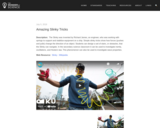
This is a phenomenon video for 3.3.1. Science Phenomena: 3rd grade - Forces and Interactions

A set of lessons that covers most of 3.3 (Core Knowledge). Teachers would need to add an activity to cover the engineering standard 3.3.5.

Students will engage with one another to design, create, and build a mini golf course hole using recycled materials. Once completed, the students will need to explain how their hole works using scientific terminolgy such as force and gravity. This hands-on, fun, creative activity will serve as an assessment tool on what students understand about the concept of force and gravity.
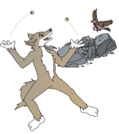
This lesson utilizes the Ute Indian Tribe of the Uintah and Ouray Reservation (UIT) tale, “The Eye Juggler Coyote” to enhance comprehension skills, provide an introduction to how force affects motion and give information about the UIT. The students will read the tale and then use the story to learn about gravity and balanced forces. The connection of the Ute people to the bison will also be explored. The Ute people tell stories about Coyote and other animals to their children. Based on Coyote’s mistakes, the elders teach children about proper behavior and positive attitudes. The lessons learned help them avoid making the same mistakes Coyote made and suffering the consequences in their own lives.

A lesson that uses a variety of balls to discover balanced and unbalanced forces. This lesson has a list of children's books for a strong narrative ELA connection. This lesson could easily extend to 3.3.2 (NSTA).
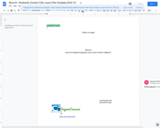
The focus of this unit is to introduce the concepts of force and motion. Specifically this unit will address the forces of push, pull, gravity, and work. It also introduces students to the concepts of friction and slope. The unit begins with an introduction to the scientific method and addresses the differences between scientists and engineers. Students will be both scientists and engineers while completing this unit.

Student facing NearPod lessons for the SEEdStoryLines. A free K-6 science curriculum written by teachers and based on both the 5E and GRC models. It is a student-centered curriculum that uses a storyline format to promote wonder, sensemaking, and problem solving. It includes both face-to-face and remote materials. This should be used with the other episodes to cover the standard.

Student facing NearPod lessons for the SEEdStoryLines. A free K-6 science curriculum written by teachers and based on both the 5E and GRC models. It is a student-centered curriculum that uses a storyline format to promote wonder, sensemaking, and problem solving. It includes both face-to-face and remote materials. This should be used with the other episodes to cover the standard.

Student facing NearPod lessons for the SEEdStoryLines. A free K-6 science curriculum written by teachers and based on both the 5E and GRC models. It is a student-centered curriculum that uses a storyline format to promote wonder, sensemaking, and problem solving. It includes both face-to-face and remote materials. This should be used with the other episodes to cover the standard.

Student facing NearPod lessons for the SEEdStoryLines. A free K-6 science curriculum written by teachers and based on both the 5E and GRC models. It is a student-centered curriculum that uses a storyline format to promote wonder, sensemaking, and problem solving. It includes both face-to-face and remote materials. This should be used with the other episodes to cover the standard.
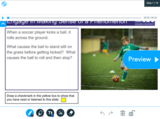
This is an interactive, third-grade Nearpod lesson tied to SEEd standard 3.3.1. It guides students through information and activities about how to plan and carry out investigations that provide evidence of the effects of balanced and unbalanced forces on the motion of an object.
This resource is a student-ready, three-dimensional SEEd science lesson you can add to your Nearpod library. Many of the phenomena, text, and images come from UEN OER textbooks, Seedstorylines.org, ck12.org, and pixabay.com. Most videos are from youtube.com or pbslearningmedia.org. Many of the simulations were found at phet.colorado.edu, ck12.org, and pbslearningmedia.org. This lesson is unique to Nebo School District but was built with the help of many amazing ideas from teachers throughout Utah.
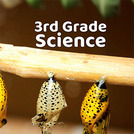
3rd Grade SEEd textbook for the 2022-2023 school year. This textbook was developed to align to the Utah Science with Engineering Education (SEEd) Standards. (Added: June 8, 2022)
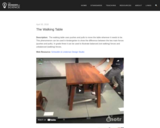
Phenomenon for 3.3.1. Science Phenomena: 3rd grade - Forces and Interactions